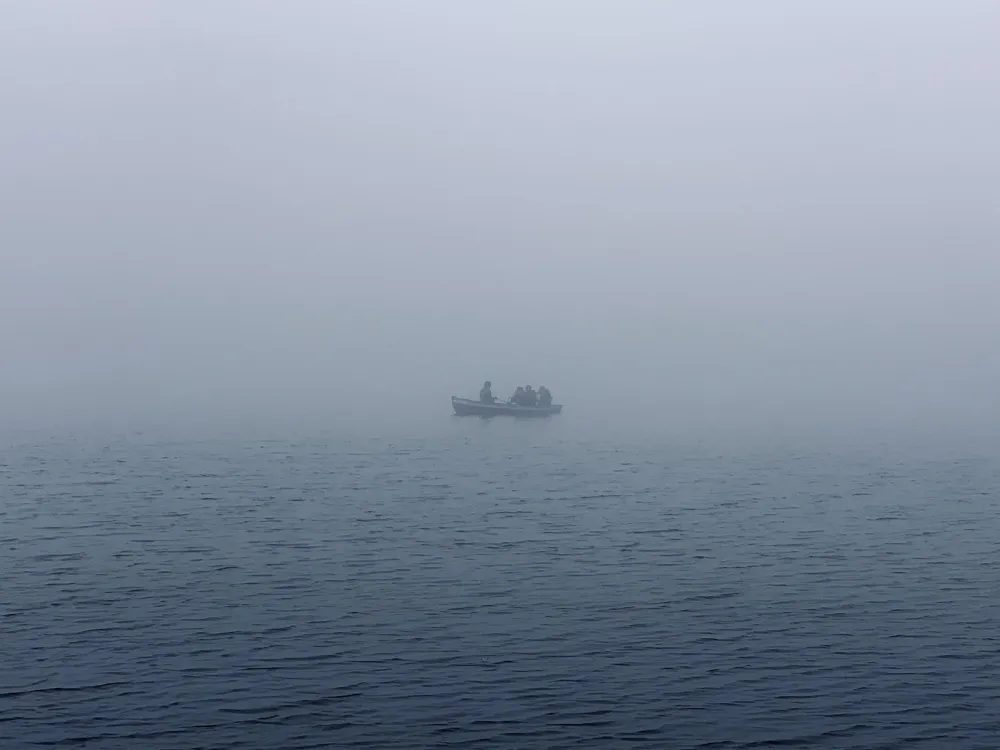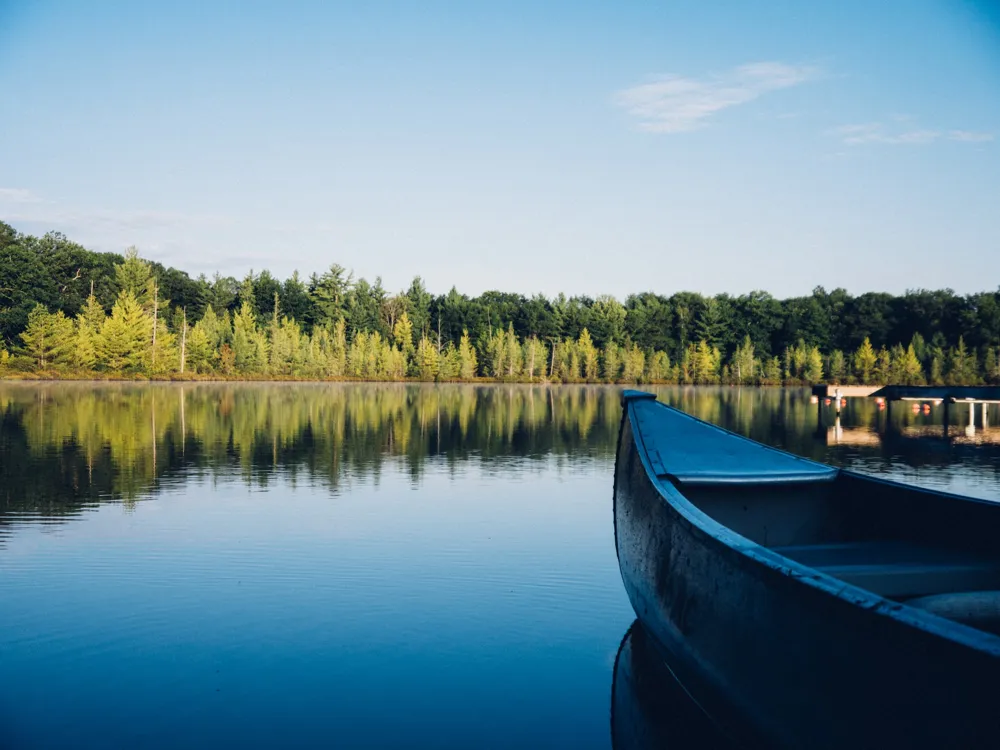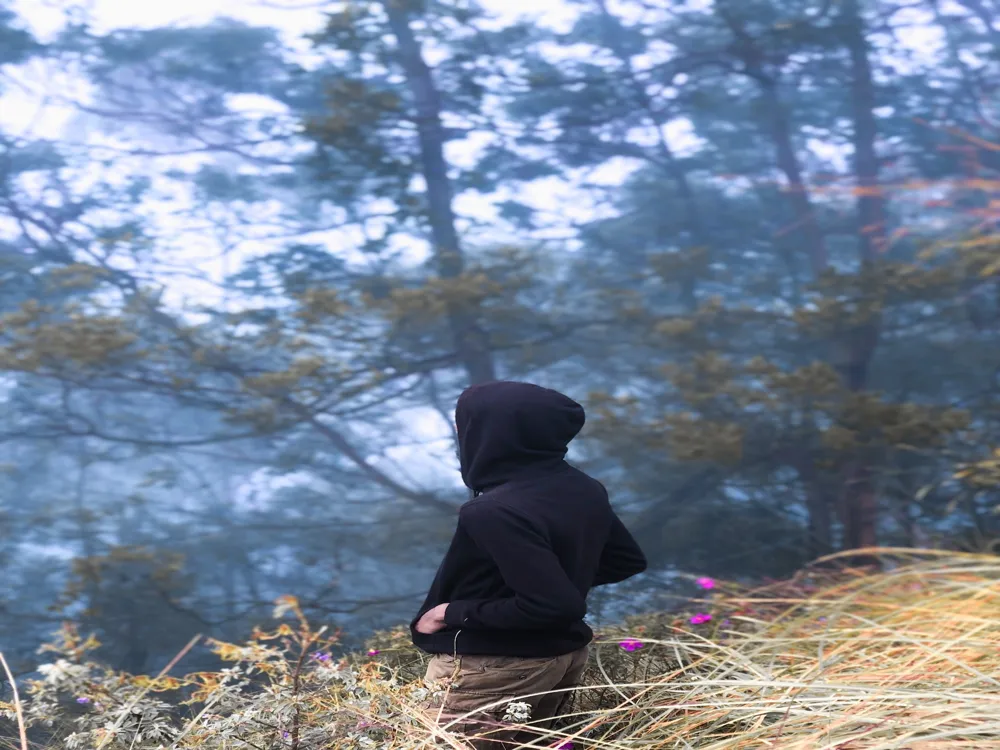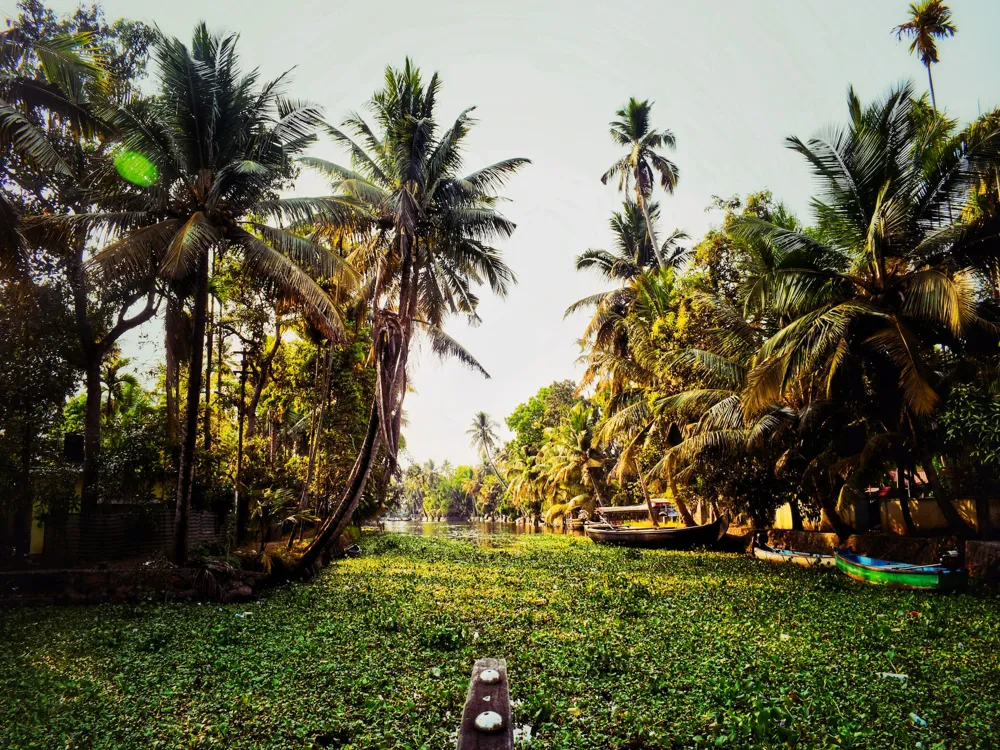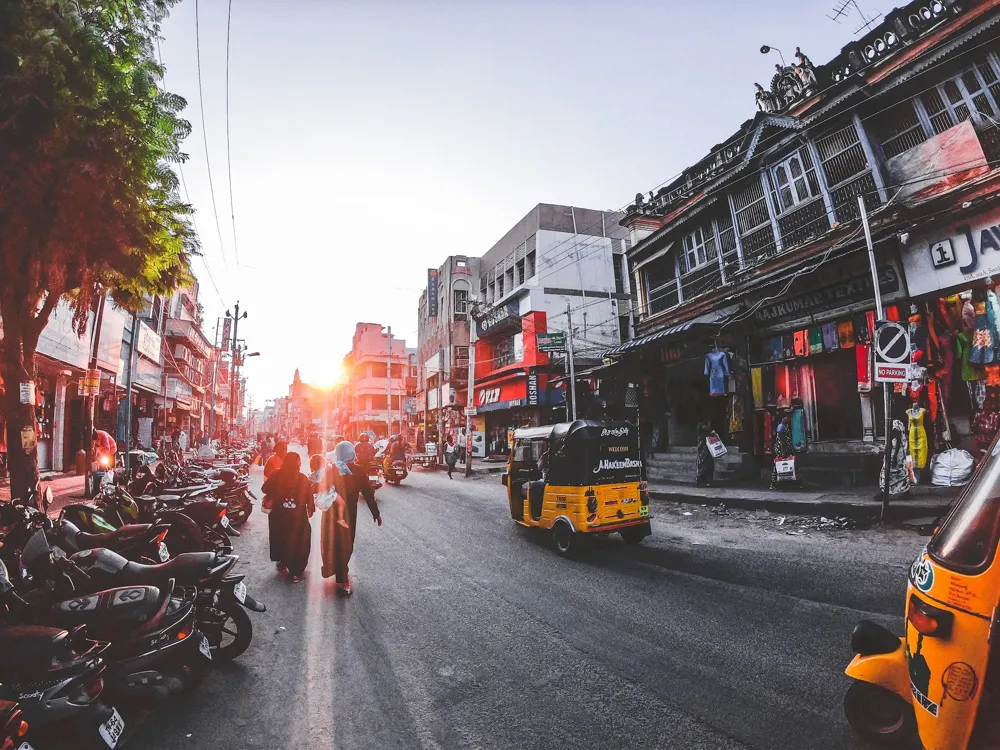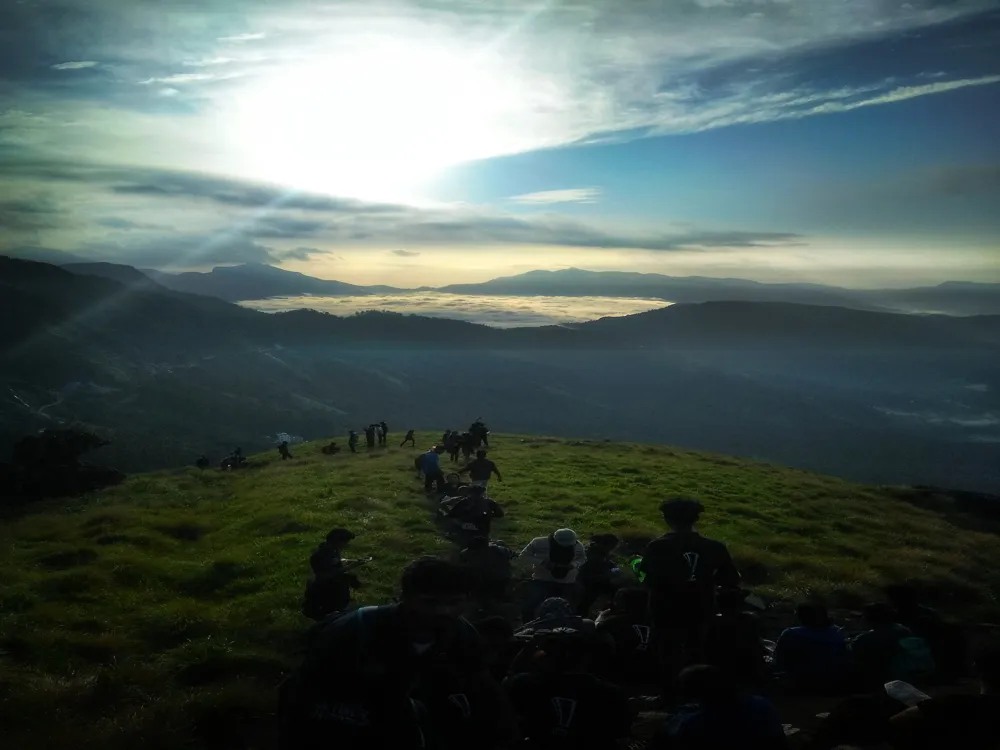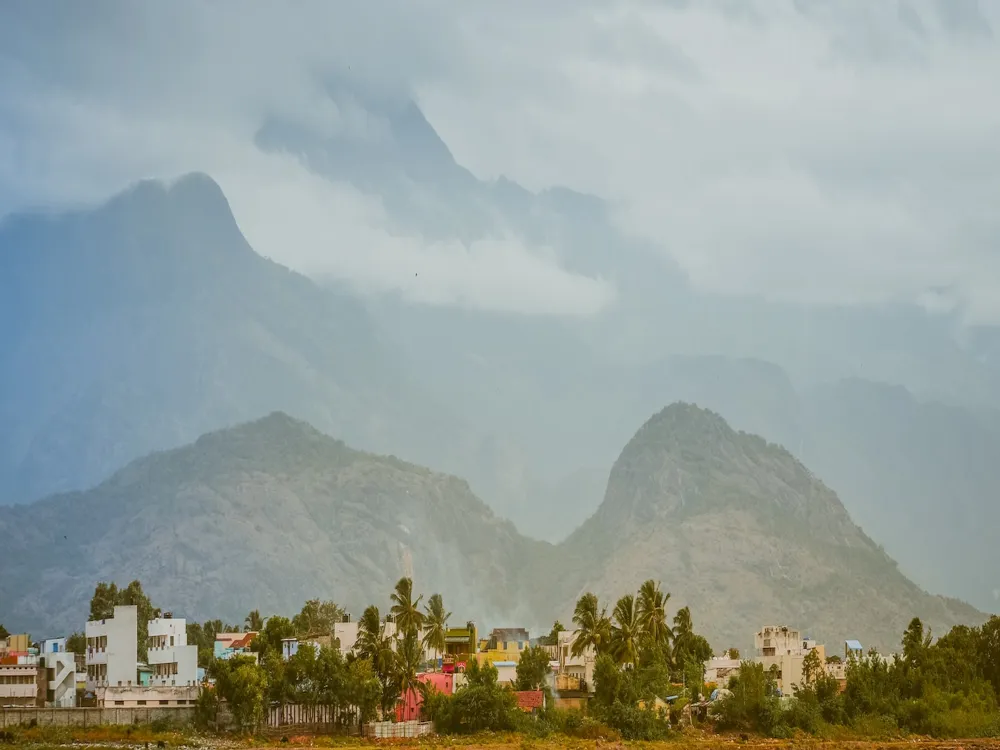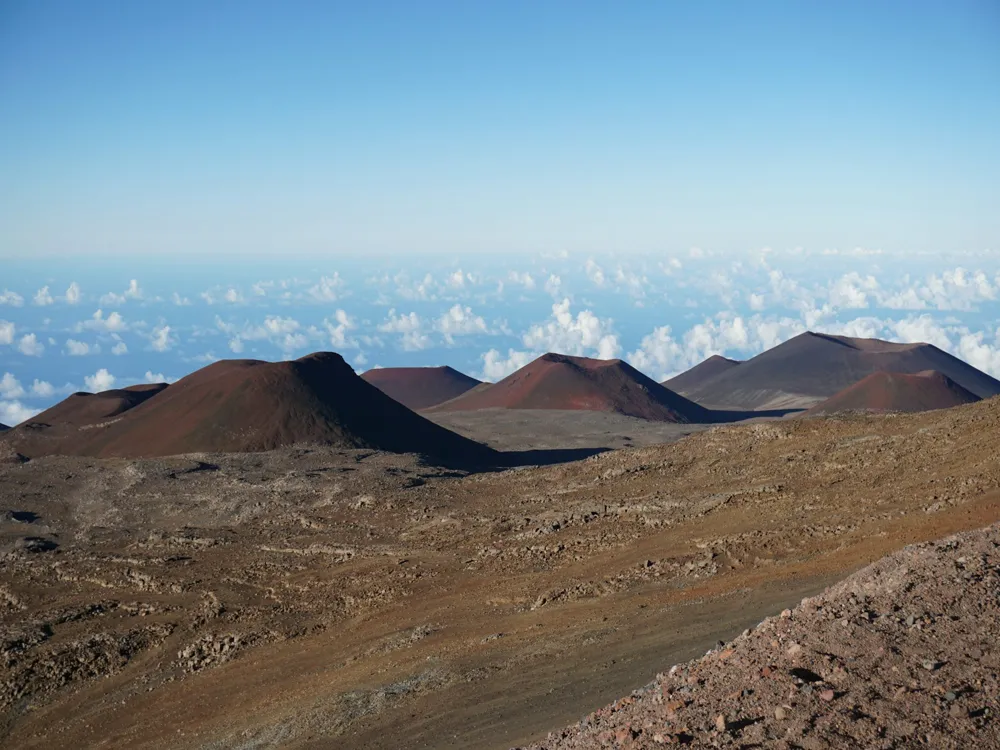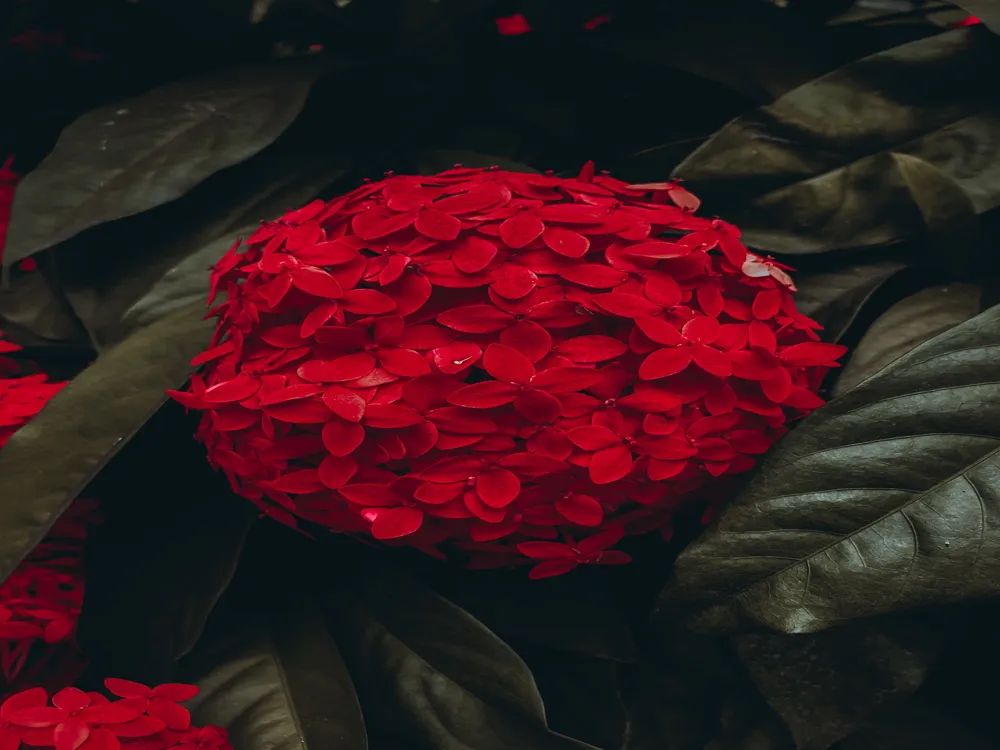Thalaiyar Falls, located in the picturesque landscape of Kodaikanal in Tamil Nadu, stands as a magnificent natural wonder. Often referred to as Rat Tail Falls, it is among the highest waterfalls in India and a prominent tourist attraction. The falls are a stunning example of nature's artistry, cascading down from a height of about 297 meters (975 feet). Its location in the lush greenery of the Western Ghats adds to its charm, making it a paradise for nature enthusiasts and photographers alike. The origin of Thalaiyar Falls is as intriguing as its breathtaking view. It springs from the Dum Dum Rock and is part of the Batlagundu hill range, flowing majestically over the Manjalar River. The area around the falls is rich in flora and fauna, contributing to the diverse ecosystem of the Western Ghats. The name 'Thalaiyar' is derived from its appearance, which resembles a rat's tail from a distance. The water, plunging from such a height, creates a misty aura around it, giving it a mystical and serene ambiance. Thalaiyar Falls is not just about the scenic beauty; it holds historical significance too. The falls and the surrounding areas have been part of the local folklore and have contributed to the cultural fabric of Tamil Nadu. It represents a blend of nature and culture, drawing visitors who seek both tranquility and a glimpse into the region's rich heritage. The journey to Thalaiyar Falls is as enchanting as the destination itself. The trek through dense forests and rugged terrain is an adventure for trekkers and nature lovers. The path to the falls offers a panoramic view of the lush green valleys of the Western Ghats, making the journey a memorable experience. The falls' proximity to Kodaikanal, a popular hill station, adds to its accessibility and allure, attracting tourists from all over the country and beyond. Visitors to Thalaiyar Falls are greeted with an awe-inspiring sight. The water cascades down the rocky cliff into a deep, clear pool below, creating a symphony of sounds that resonates with the tranquility of the surroundings. The misty spray of the waterfall, combined with the greenery, provides a refreshing and rejuvenating experience. It's a place where one can connect with nature, unwind, and soak in the serene atmosphere. However, it's essential to note that the beauty of Thalaiyar Falls must be enjoyed with a sense of responsibility towards preserving its natural environment. The ecological balance of the area is delicate, and as visitors, it's our duty to ensure that our presence does not disturb the harmony of this natural wonder. The architecture of Thalaiyar Falls, in terms of its natural formation, is a marvel in itself. The waterfall is an example of a horsetail type falls where water maintains contact with the bedrock as it falls. The geological composition of the region plays a significant role in its formation. The falls are primarily made up of granitic and gneissic rocks, which are typical of the Western Ghats' geological structure. The height of the falls, one of its most striking features, is due to the steep escarpment over which the river flows. The Manjalar River, which feeds the falls, originates in the higher altitudes of the Western Ghats. As it travels down the mountains, it gathers speed and volume, culminating in the spectacular drop at Thalaiyar Falls. The width of the falls varies depending on the season, with the monsoon bringing in a higher volume of water, making the falls appear more majestic. The surrounding landscape adds to the architectural beauty of Thalaiyar Falls. The dense forests that encase the falls provide a natural backdrop, enhancing its visual appeal. The cliffs surrounding the falls are home to various species of plants and animals, some of which are endemic to the region. This biodiversity is an integral part of the falls' architecture, contributing to its ecological significance. The natural pool formed at the base of the falls is another architectural element. This pool, created by the constant erosion from the falling water, is deep and clear. It's a serene spot, perfect for visitors to relax and enjoy the tranquility of the surroundings. The pool's water is cool and refreshing, providing a welcome respite from the tropical climate of Tamil Nadu. Human intervention in the area has been minimal, preserving the natural architecture of Thalaiyar Falls. The pathways and viewing platforms have been constructed with a focus on sustainability, ensuring minimal impact on the environment. This approach has helped maintain the pristine condition of the falls, allowing visitors to experience its beauty in its most natural form. The ideal time to visit Thalaiyar Falls is from October to May, post-monsoon, when the waterfall is at its full glory, and the weather is pleasant. Ensure you're well-equipped with sturdy trekking shoes, water, and snacks. The trek can be challenging, so it's advised to be in good physical condition. Always stay on the marked trails and avoid venturing too close to the edge of the waterfall. The rocks can be slippery and dangerous. Maintain the cleanliness of the area by not littering. Respect the natural habitat and avoid disturbing the wildlife. Consider hiring a local guide for a better understanding of the terrain and history of Thalaiyar Falls. Thalaiyar Falls is accessible from Kodaikanal, which is well-connected by road to major cities in Tamil Nadu. The nearest airport is Madurai, approximately 120 kilometers away. From Kodaikanal, one can take a local taxi or bus to reach the base of the trekking path leading to Thalaiyar Falls. The trek itself is an integral part of the experience, offering stunning views of the surrounding landscape. For those not keen on trekking, there are viewpoints along the road that offer a distant view of the falls. Read MoreOverview of Thalaiyar Falls, Kodaikanal
Architecture of Thalaiyar Falls
Tips When Visiting Thalaiyar Falls
Best Time to Visit
Trekking Precautions
Safety Measures
Environmental Responsibility
Local Guides
How To Reach Thalaiyar Falls
Kodaikanal Tourism
Best Time to Visit Kodaikanal
How to Reach Kodaikanal
Things To Do Kodaikanal
Thalaiyar Falls
Kodaikanal
Tamil Nadu
NaN onwards
View kodaikanal Packages
Weather :
Label : Must Visit
Tags : Waterfall
Timings : 10:00 AM - 6:00 PM (Closed on Sundays)
Time Required : 1-2 hrs
Entry Fee : Free
Planning a Trip? Ask Your Question
Also Refered As:
Rat Tail Falls
Kodaikanal Travel Packages
View All Packages For Kodaikanal
Top Hotel Collections for Kodaikanal

Private Pool

Luxury Hotels

5-Star Hotels

Pet Friendly
Top Hotels Near Kodaikanal
Other Top Ranking Places In Kodaikanal
View All Places To Visit In kodaikanal
View kodaikanal Packages
Weather :
Label : Must Visit
Tags : Waterfall
Timings : 10:00 AM - 6:00 PM (Closed on Sundays)
Time Required : 1-2 hrs
Entry Fee : Free
Planning a Trip? Ask Your Question
Also Refered As:
Rat Tail Falls
Kodaikanal Travel Packages
View All Packages For Kodaikanal
Top Hotel Collections for Kodaikanal

Private Pool

Luxury Hotels

5-Star Hotels

Pet Friendly







